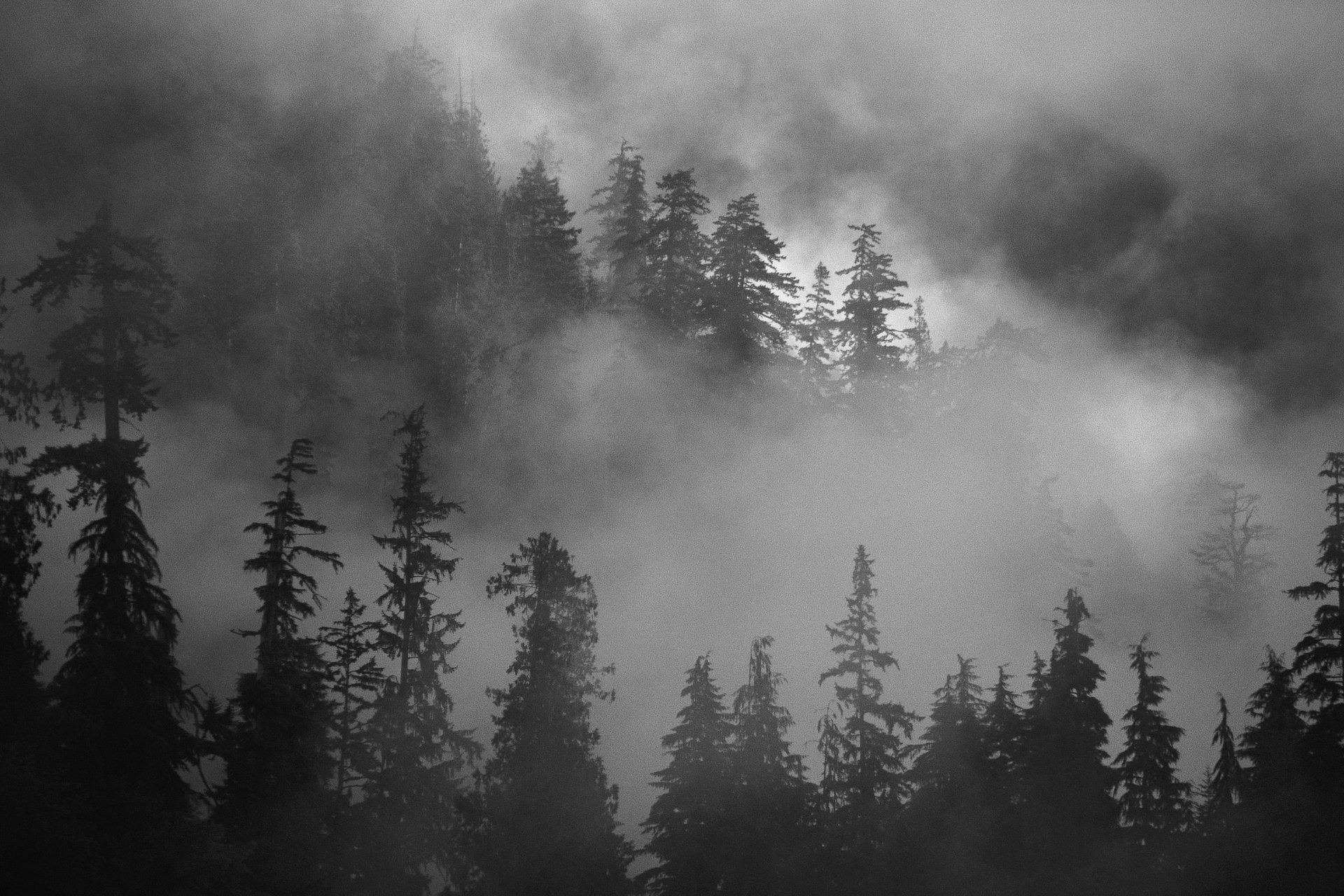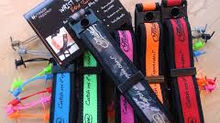Effective Planning for Your Next Hunting Trip
- Boss Crewmember Eli Rooney
- Aug 19, 2016
- 3 min read
As season approaches, I find that it always seems to sneak up on you before you have everything ready. There’s never a time that I don’t forget something that I needed to get done or put in my gear bag. One of the best ways that I manage to keep myself organized is a checklist. I slowly build up my list of gear that I need the month before the season opener. As the month goes on, I can continually add to the list. Depending on weather changes, hunt location, or weapon of the season, I may manipulate my gear list accordingly.


The benefit of keeping a list is when it comes time to packing. As soon as the gear is loaded into my truck, I make a checkmark next to that item so that I know it is already loaded. The other helpful point of the list is to make sure I have everything when I leave my hunt so that nothing is left at camp.
While you are going through your list, take the time to check your equipment. Maybe there’s a broken pole in your tent that you’ve forgotten to take care of since last season. Or perhaps you thought your hunting pack was already loaded so you simply ignore it assuming everything has been taken care of previously.
Another key component to plan ahead is the moon phases. How full is the moon or where is the moon in the sky compared to the sun? There are a lot of great research articles out there that can describe game movements and activity based on the moon phase alone. Knowing this little bit of astrology can become a priceless asset to your hunting arsenal.
Know your road closures, fire hazards/areas, and game unit boundaries. I’ve been there and seen many other friends plan a hunt but they didn’t pre-scout or check on status updates for their hunting area; only to be let down by the fact that the area is now closed due to circumstance that could not be controlled. These instances can dampen any hunter’s spirits, so plan accordingly for either multiple hunting areas or at least a backup area.
While knowing the area’s boundaries and conditions is important, it is equally important to analyze the lay of the land. Google Earth is one of my most used tools for scouting an area out. It allows me to familiarize myself with the area’s landmarks, plan daily hunts/trails, find significant water sources, etc. Getting an education on the area you plan to hunt can make you more successful as well as assist you in the case of an emergency situation.
The last thing that I cannot stress enough for pre-season planning, is to know what physical shape you are in and capable of. Know your limits. Get out and do some hiking in the hills or some scout trips to know what your fitness level is. These levels will help you make ethical decisions while on your hunt as to how far you are willing to go, or whether or not you are able to pack out the elk that you are setting your sights on. If you haven’t done any pre-season workouts, it is never too late to start. Hunting out here in the west, let alone here in the Idaho Wilderness, can be a physically demanding and daunting task. Prepare wisely, and don’t let your physical inabilities hinder you.
So as you take your time to hash out those last minute details of your time off, or how much beer you’ll need, or who’s all going to be at elk camp, don’t forget how important some of these fine details are that can help you be a successful hunter. Of course a lot of hunting is all about being in the right spot at the right time; however, planning ahead properly relinquishes much better odds.
Best of luck this year, and may your freezer be full!
-Eli


















































Comments